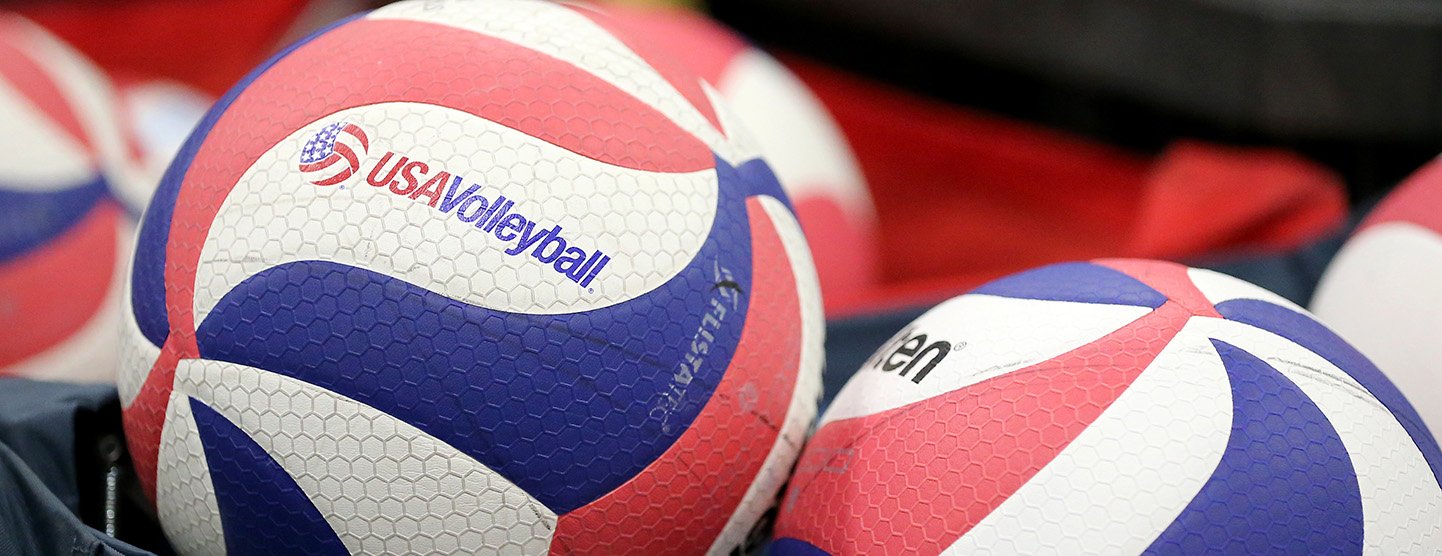
Officials Hand Signals for Indoor
A guide to officials hand signals for the indoor game
Resources for
Follow USAVolleyball
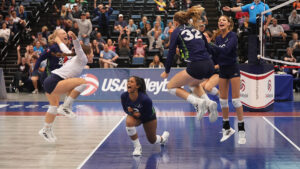 USA Volleyball Education is focused on improving developmental and educational opportunities across the sport of volleyball from grassroots to the national team level. Our goal is to provide the opportunity to access, complete and apply high-quality information and methods in the technical, tactical, physical and emotional aspects of the game for athletes and coaches while providing training, support and resources for other key stakeholders including officials, parents and clubs.
USA Volleyball Education is focused on improving developmental and educational opportunities across the sport of volleyball from grassroots to the national team level. Our goal is to provide the opportunity to access, complete and apply high-quality information and methods in the technical, tactical, physical and emotional aspects of the game for athletes and coaches while providing training, support and resources for other key stakeholders including officials, parents and clubs.
For years, the focus of volleyball in many areas and across various levels shifted to a mindset of winning at all costs.
What we now know is that the most successful teams in the world have developed a model of training and a culture that supports a holistic approach to athlete development which not only sets them up for competitive success on the court, but values and emphasizes the important of athlete health, well-being and long-term involvement in the sport.
The USA Volleyball Development Model was created based on the idea that volleyball in the U.S. could be taught differently, resulting in long-lasting positive outcomes across all measures of performance while keeping kids involved and loving the game longer.
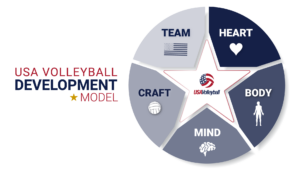
The five pillars of the USA Volleyball Development model provide the basis for a holistic approach to the core elements that are vital to supporting development at every level and across age groups.
USA Volleyball Education is committed to providing support for the volleyball community with a role-based approach to education and training. Whether you’re planning practices, cheering from the stands or making the right call, we provide the tools and resources to help you succeed.
USA Volleyball partner Sports Imports has provided USA Volleyball coaches with drills for use with their Trainer+ and The Vertec.
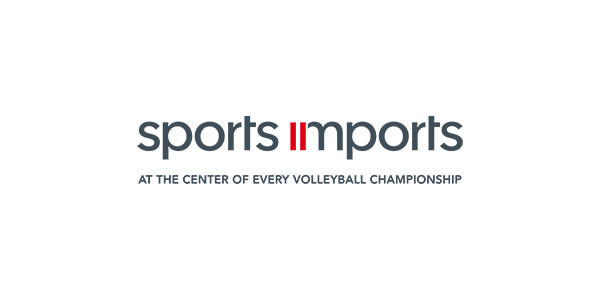

While individual athletes might know how to persevere while pursuing their goals, it can be tough for a coach to bring those lessons to a whole team.
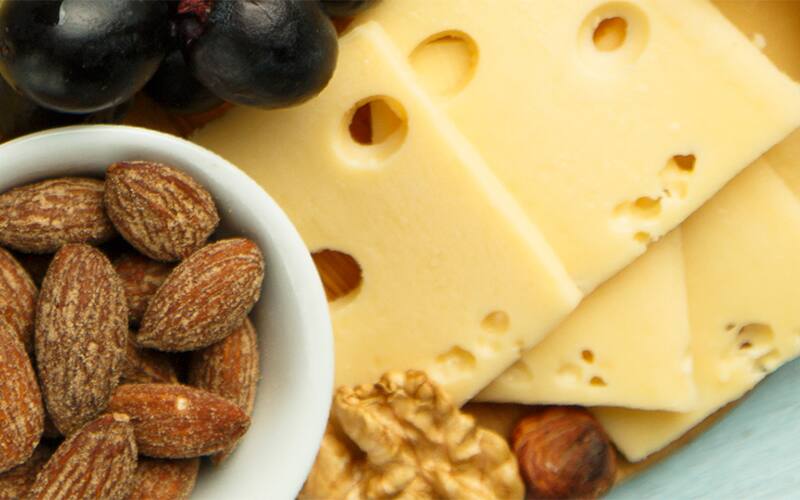
For your best athletic performance – and for strong bones later in life – it’s important to keep calcium in the body. But how much should you consume, and what are some of the best sources – besides dairy?
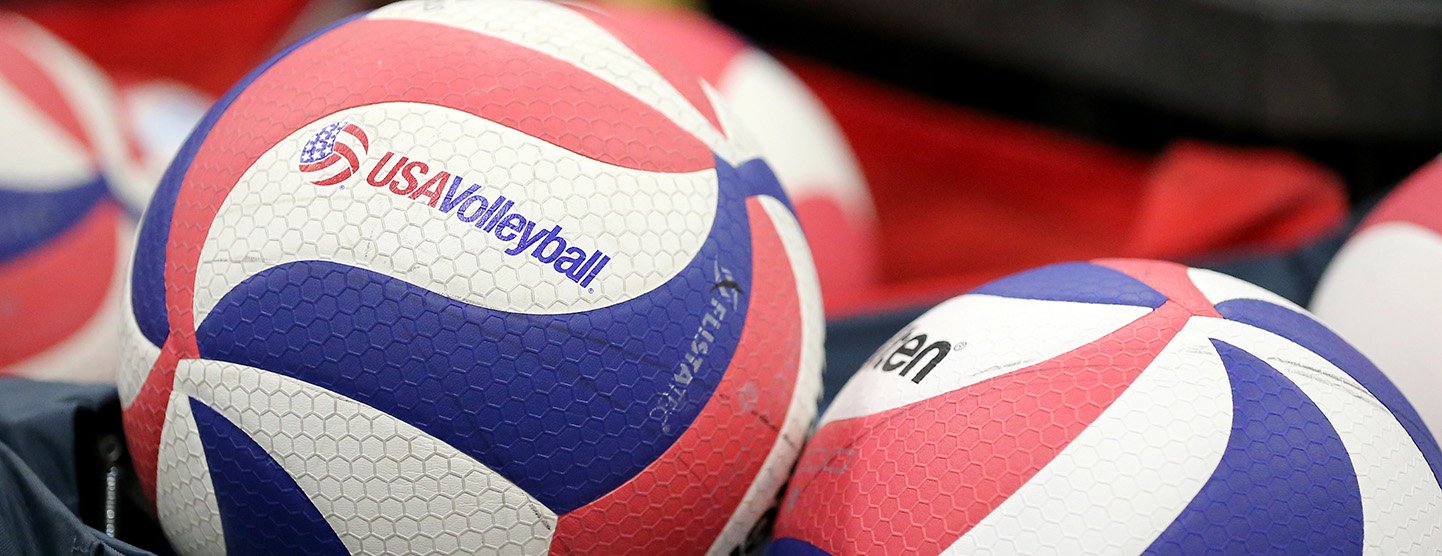
Whether you’re a coach or parent to a young athlete, the way that you praise them after a competition can have a deep impact. Wade Gilbert, PhD, a professor at California State University in Fresno and a Team USA Coaching Consultant, has some advice on how to praise your athlete in a way that will...
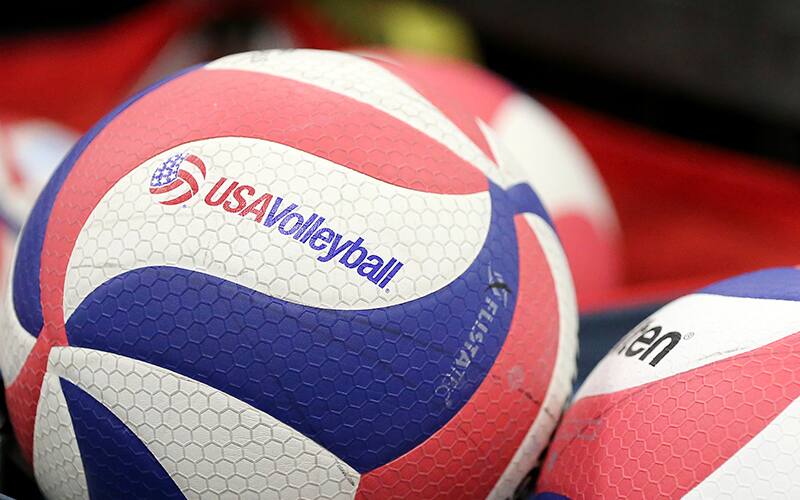
SafeSport training can give your athlete valuable, real-world training to help them be more “aware,” both on and off the court. Moreover, there are requirements in place for 18-year-old athletes to take SafeSport training.
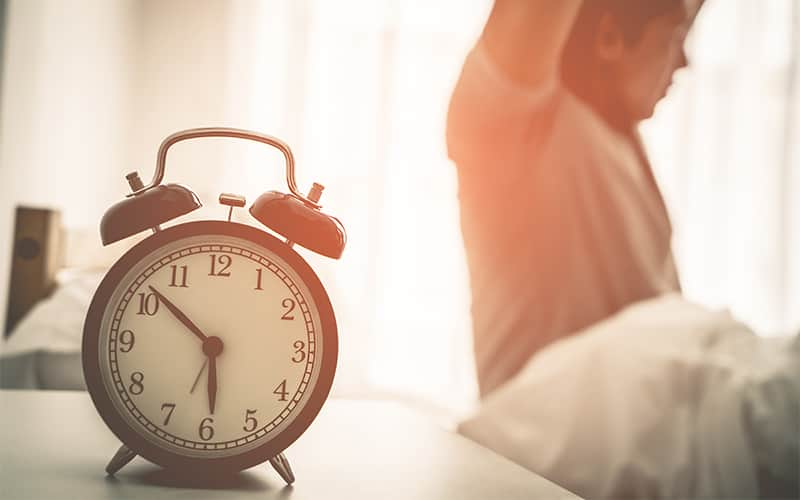
Good, consistent sleep is crucial for an athlete's recovery. Here's a few tips on how to catch all those important Zs!

It's easy to start panicking when your child asks to try something different, but working with them will help them come back happier.
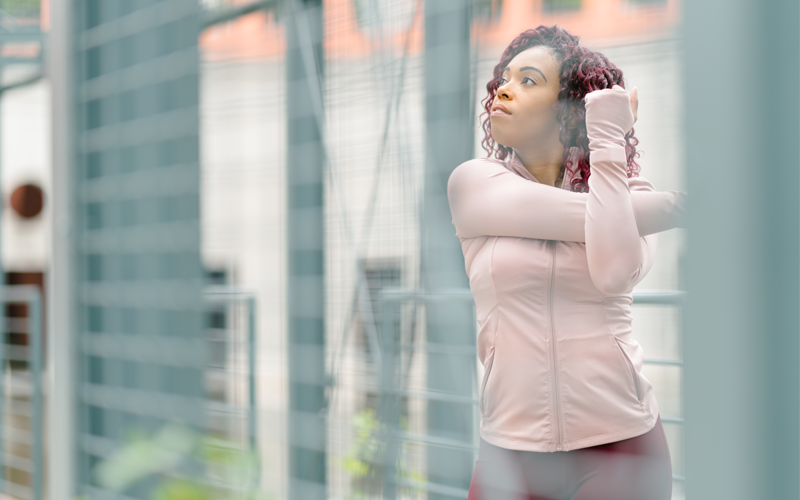
In this CAP II article, volleyball coach and certified fitness trainer Dolores Gurule' de Duran talks about the importance of strength and conditioning for players.

Fruit smoothies pack in carbohydrates and between 15g and 20g of protein per 16-oz serving, which are critical for sport performance. Check out TrueSport's recipe.
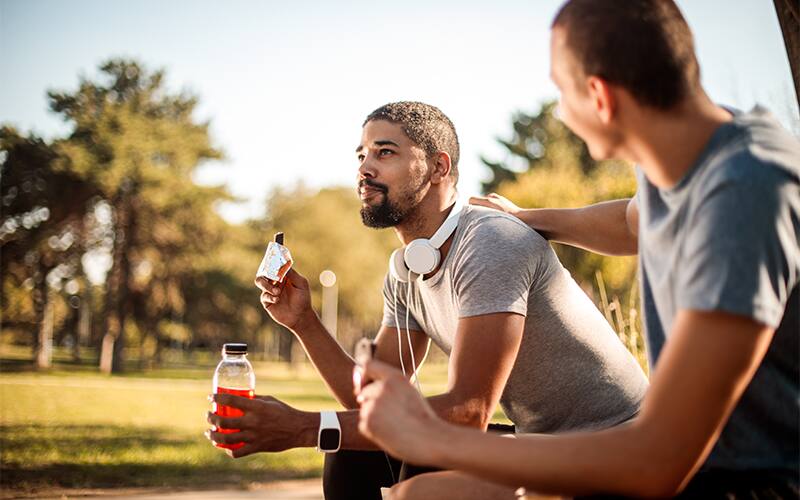
Hydration is individual; what works for one athlete may not be appropriate for another. Use these recommendations as a starting point and adjust to develop your individual hydration plan.
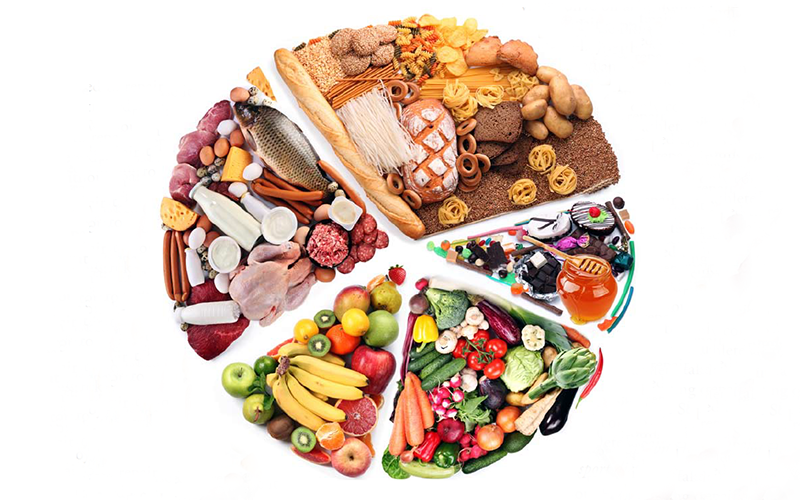
Misguided views on how female volleyball players should look and what they should weigh are an ongoing problem in our sport.
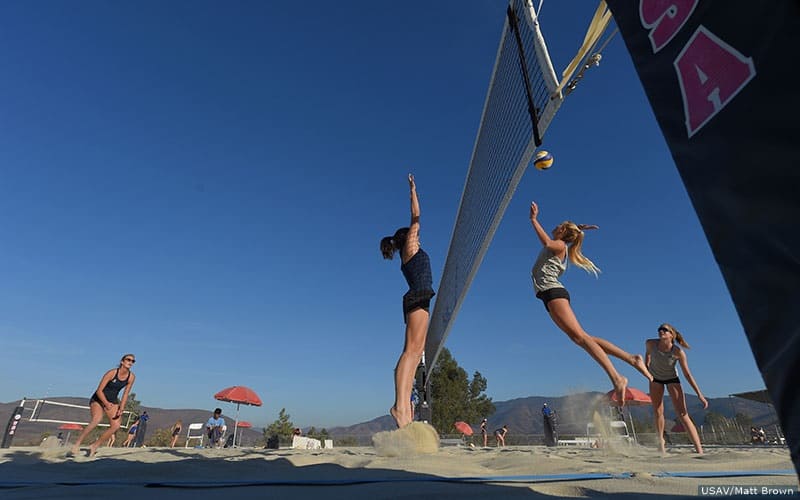
Summer is a great time for athletes to unwind from a long season, but it’s also an opportunity for them to improve their games in a relaxed environment. You can help foster that improvement by following these suggestions.

Young athletes need to develop their decision-making skills, and actions by their parents can both help and hurt that development. Here are seven common mistakes adults make when it comes to raising a good decision-maker.

The popular pick-me-up can enhance performance, but it’s important to be aware of the potential side effects.
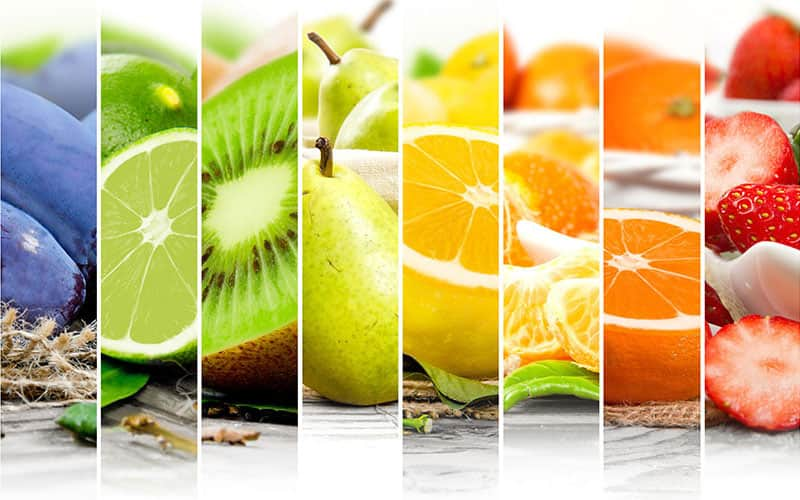
Eating with the season means you are more likely to get the freshest and most nutritious items.
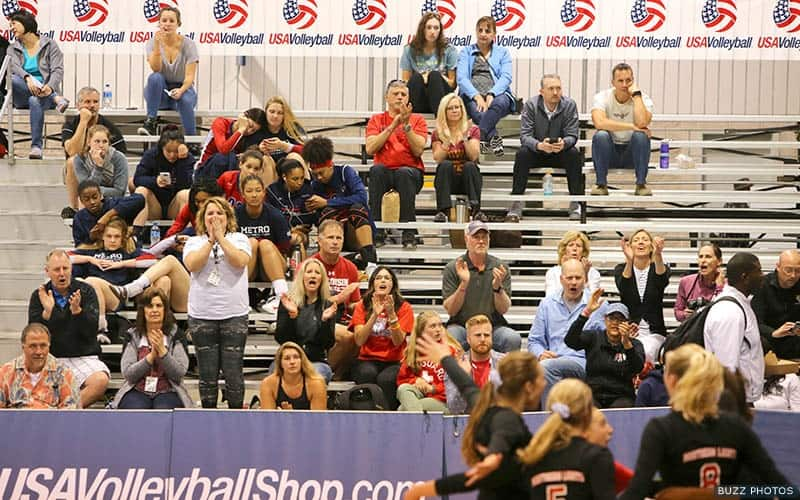
Club directors and coaches often have to deal with bad behavior in the stands. You can help defuse that behavior by sharing these tips with club parents.
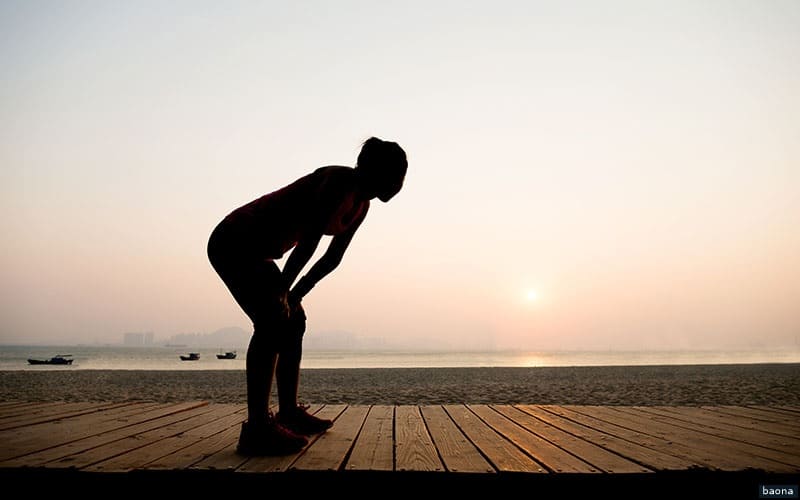
Vaping is thought to be safer than smoking cigarettes, but it is actually harmful to a young athlete's training and long-term health.
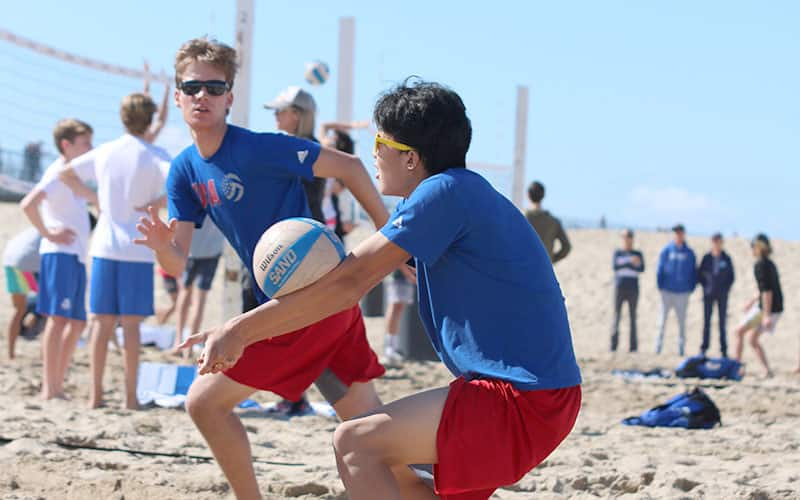
Highlights from a 2014 study that examined how participation in high school sports correlated with a person's behaviors and accomplishments later in life.

It's easy as a parent to focus on results. But for well-rounded, lifelong athletes, a focus on recognizing effort rather than results can yield more benefits.
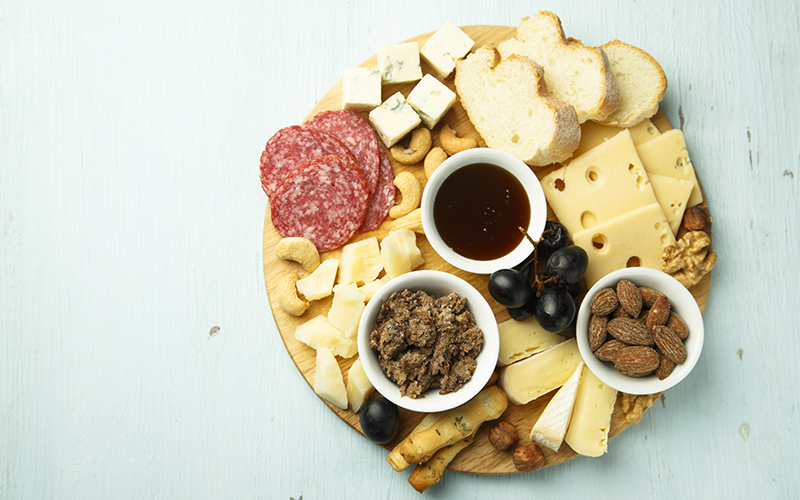
Eating before a match is an important part of being a successful athlete. No matter if a match is over in three sets or goes five sets, here are some fueling tips to make sure your body is ready to keep playing through the end.
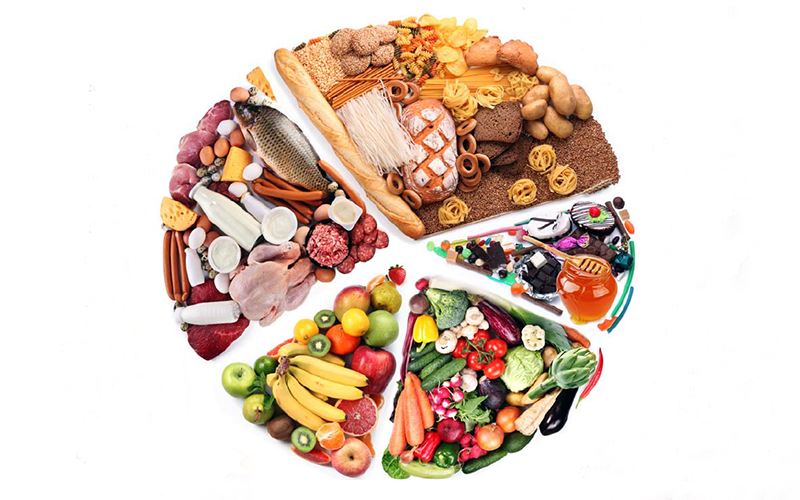
With the right nutrients in your diet, you can lower the risk of injury and recover more quickly if you do get hurt.